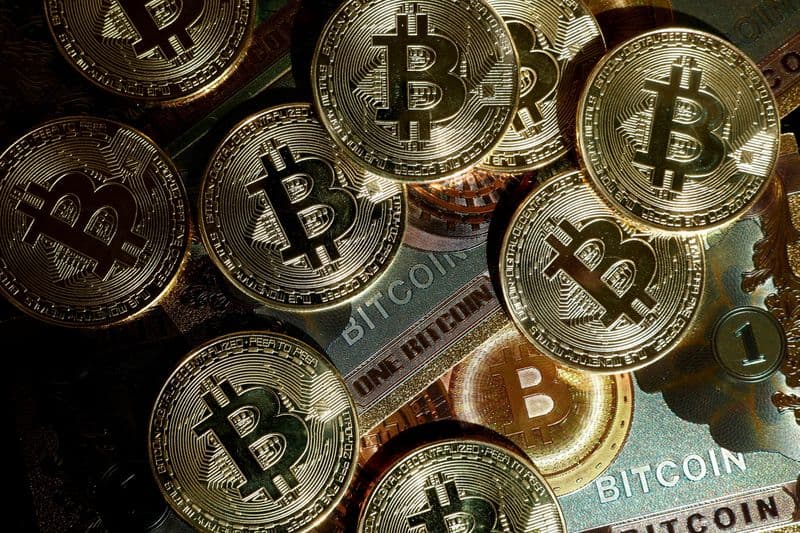Does higher volatility in foreign exchange markets correlate with increased demand for cryptocurrencies, essentially suggesting that investors view digital assets as safe havens?
Does higher volatility in foreign exchange markets correlate with increased demand for cryptocurrencies, essentially suggesting that investors view digital assets as safe havens?
This was the question analysts at Morgan Stanley put forward in a note to clients earlier this week.
Spurring on the query, they said, was an emerging narrative that cryptocurrencies have the potential to act as a "store of value," or a form of shelter from inflationary pressures, wasteful government spending, and "other macroeconomic or geopolitical risks that could potentially erode the value" of fiat currencies over time.
To test the notion, the analysts including James Lord and Simon Waever explored whether there have been past surges in crypto demand during times of "high macroeconomic uncertainty and financial market stresses."
They opted to focus their study on the possible connection between foreign exchange market ructions and investor appetite for digital tokens.
The sensitivity of crypto usage to currency movements in emerging markets was especially under the spotlight, "as this is usually cited as the geography where households have higher incentives to explore digital assets of some kind" in order to build a bulwark against broader economic murkiness at home.
Citing a tracker of app activity across Apple’s App Store and Google Play in both developed and emerging markets, as well as monthly active user trends for the top 20 crypto wallet and exchange apps in 81 countries, the analysts found that the answer to their question was "the opposite" to what they has posed.
"We find more evidence that demand for crypto decreases as foreign exchange volatility increases, which suggests the asset class is viewed more as a risky asset class than as a means of protection against domestic macroeconomic volatility," they wrote.
However, they flagged their research indicated that "structural differences" across a range of countries imply the "sensitivity of crypto demand to foreign exchange moves is unlikely to be uniform," adding that this warrants "deeper investigation into whether crypto functions as a flight-to-safety asset or a risk proxy under varying foreign exchange and policy contexts."
